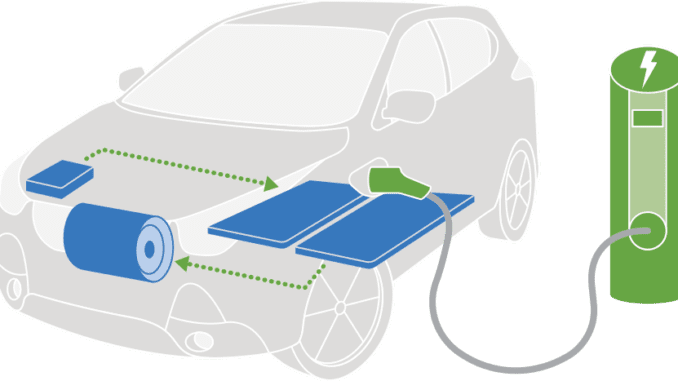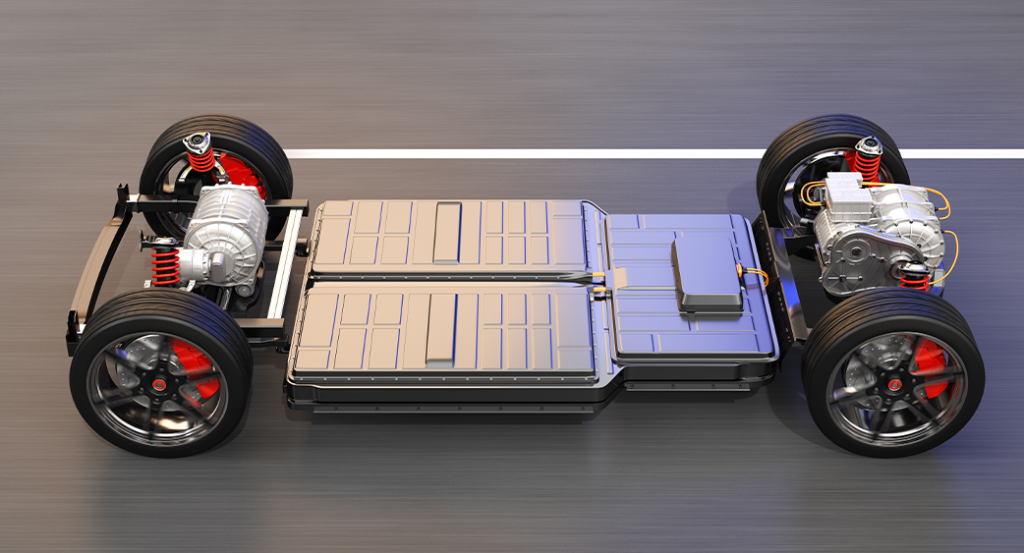
Electric vehicles (EVs) are rapidly becoming a popular choice among car owners, offering a cleaner, more efficient alternative to traditional internal combustion engine vehicles. At the heart of every EV is the battery, a crucial component that not only powers the car but also significantly impacts its performance, range, and overall lifespan. Taking care of your EV battery is essential to maximize your vehicle’s efficiency and ensure that it runs smoothly for years to come. In this guide, we’ll explore practical tips on how to maintain your EV battery and keep it in top condition.

1. Understand Your EV Battery
Before diving into the maintenance tips, it’s essential to understand the type of battery your EV uses. Most modern EVs use lithium-ion batteries, known for their high energy density, lightweight, and longer lifespan compared to older battery types. However, like all batteries, lithium-ion cells degrade over time. Factors such as extreme temperatures, overcharging, and deep discharging can accelerate this degradation. Understanding your battery’s specifications and limitations will help you take better care of it.
2. Avoid Extreme Temperatures
Lithium-ion batteries are sensitive to temperature extremes. Both excessive heat and cold can negatively impact battery performance and longevity. Here’s how to manage your EV battery in various weather conditions:
- In Hot Weather: High temperatures can cause the battery to overheat, leading to accelerated wear and reduced capacity. To mitigate this, try parking your EV in shaded areas or garages, especially during peak sunlight hours. Using a sunshade for your windshield can also help keep the interior cooler, indirectly reducing battery stress. Many EVs come with battery cooling systems, so make sure they are functioning properly and consider using climate control features when charging to keep the battery cool.
- In Cold Weather: Cold temperatures can reduce your EV’s range and increase charging time. To protect your battery in winter, precondition the battery by warming it up before driving, especially if your car has been parked outside. Keeping your vehicle plugged in when not in use can help maintain the battery temperature. Additionally, avoid frequent short trips in cold weather as they can drain the battery faster.
3. Optimize Charging Habits
Proper charging habits are critical to maintaining your EV battery’s health. Here are some tips to optimize your charging routine:
- Avoid Full Charges and Deep Discharges: Keeping your battery charge level between 20% and 80% is generally recommended for prolonging battery life. Avoid letting the battery level drop below 10% or charging it to 100% unless necessary for long trips. Many EVs allow you to set a charging limit, which helps in maintaining the optimal charge range.
- Use Level 2 Chargers for Regular Charging: While DC fast chargers are convenient for quick top-ups during long trips, frequent use can degrade the battery faster due to the high heat generated. For daily charging, it’s better to use a Level 2 charger, which is slower but gentler on the battery.
- Schedule Charging During Off-Peak Hours: Charging during off-peak hours, such as late at night, not only saves money on electricity but also helps reduce the battery’s exposure to high temperatures often associated with daytime charging.
- Avoid Keeping Your EV Plugged In Continuously: While it’s fine to keep your EV plugged in overnight, avoid leaving it constantly connected to the charger when the battery is fully charged, as this can increase wear and tear on the battery over time.
4. Limit Fast Charging
DC fast charging is a great option when you’re on the go and need a quick recharge. However, frequent use of fast chargers can cause the battery to heat up more than slower chargers, which can degrade the battery over time. Whenever possible, opt for Level 1 or Level 2 chargers for daily charging, reserving fast chargers for emergencies or long-distance trips.
5. Drive Efficiently
How you drive your EV can significantly impact battery life. Aggressive driving, such as rapid acceleration and hard braking, consumes more energy and generates additional heat, putting extra strain on the battery. Here are some driving tips to help extend battery life:
- Maintain a Steady Speed: Whenever possible, try to maintain a steady speed and use cruise control on highways. This reduces the amount of energy used and minimizes stress on the battery.
- Use Regenerative Braking: Most EVs are equipped with regenerative braking, which captures energy usually lost during braking and feeds it back into the battery. Make sure to use this feature to enhance your car’s efficiency.
- Avoid Excessive Weight: Carrying extra weight can increase energy consumption. Remove any unnecessary items from your vehicle, and avoid roof racks unless needed, as they can also increase drag.
6. Store Your EV Properly
If you plan to store your EV for an extended period, proper storage techniques are crucial to maintaining battery health:
- Keep the Battery at an Optimal Charge Level: Store your vehicle with the battery level between 50% and 70%. Avoid leaving the battery fully charged or completely depleted for extended periods, as this can cause capacity loss.
- Store in a Cool, Dry Place: Avoid storing your EV in areas with extreme temperatures. A garage or covered parking spot with moderate temperatures is ideal.
- Check on the Battery Regularly: If storing for a long time, check the battery charge level every few weeks and top it up as needed to maintain the optimal charge range.
7. Keep Your EV’s Software Updated
Many EV manufacturers release software updates that can optimize battery performance, improve range, and provide new features. Regularly check for and install these updates, as they can include battery management improvements that help extend the life of your battery.
8. Monitor Battery Health
Regularly monitoring your EV’s battery health can help you stay ahead of potential issues. Most EVs come with built-in diagnostic tools or mobile apps that provide insights into battery health, efficiency, and charging patterns. Keeping an eye on these metrics allows you to adjust your habits as needed to ensure optimal battery performance.
Conclusion
Taking care of your EV battery is not just about maintaining range but also about ensuring the longevity and efficiency of your vehicle. By following these tips—managing temperature exposure, optimizing charging habits, driving efficiently, and storing your EV properly—you can significantly enhance the lifespan of your EV battery. Remember, a well-maintained battery not only improves your driving experience but also contributes to the overall sustainability and cost-effectiveness of your electric vehicle. So, take the time to care for your EV battery, and enjoy the benefits of a cleaner, greener drive!

Leave a Reply